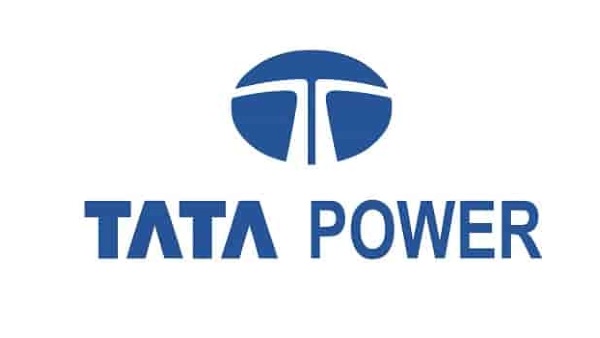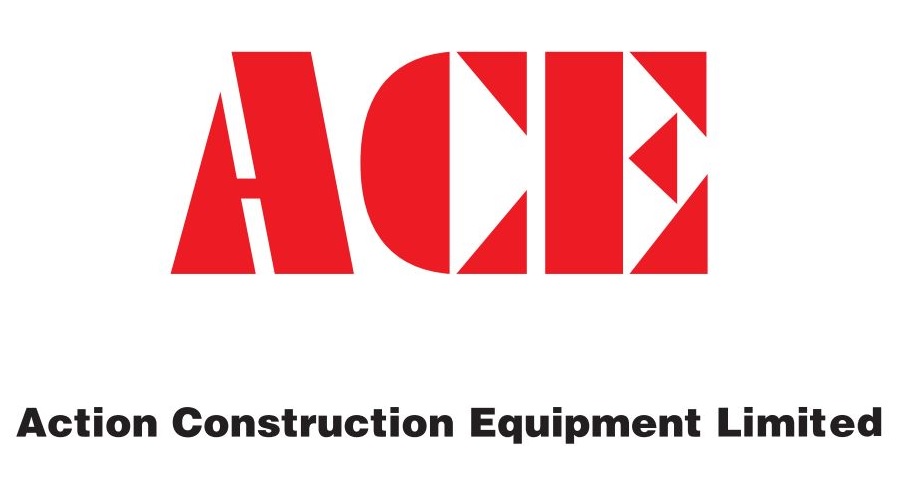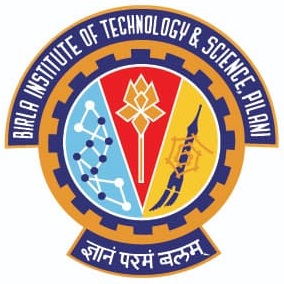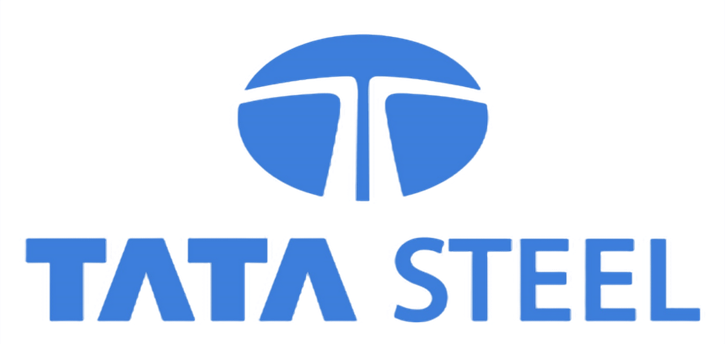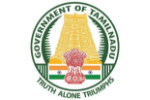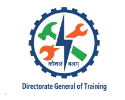VR In oil And Gas Training
With Simbott’s futuristic VR, AR, and MR Software Technology, you can access the depths of training and simulations in Oil, Energy, and Mining. Get Top Quality virtual reality in the oil, gas & mining industry training


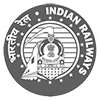



Skill Development and Digitization
With our VR AR training and simulations, you can ensure a highly specialized and result-oriented production process. Work with us to create better standards in your workforce, and take your employee efficiency to the next level.
Futuristic AR, VR, MR Simulations
Use our tools to develop cutting-edge skill development and transform your training processes. We offer effortless and immersive learning experiences for all your production needs.

Industry 4.0 Technology & Solutions
Simbott’s Skill Development integrated with Industry To give you a comprehensive view of all your training programs, tests, and evaluations. Improve workforce performance to reach the Industry 4.0 Standards
Complete Training Solutions for VR In oil and gas industry
Take your work to the next level by partnering with Simbott to achieve top-quality Training and Skill Development in the Energy Sector. We offer a wide range of VR, AR, MR Simulations and Industry 4.0 Solutions to transform your work into a seamless and flawless endeavour. Eliminate human error and defects by setting new standards of quality and training using our tools. Enhance the skill levels of all your workers, from engineers to technicians – we bring you the best platforms to Empower your Workforce to set new standards of excellence in the industry.
Explorations and Operations - Drilling and Mining
- Geophysical data obtained from surveys is processed and developed in the VR space for visualization.
- Make well-informed decisions by reading the displayed seismic and microseismic data while mining and drilling
- Plan and conduct seismic investigations in a more effective manner using Simbott VR tech. Prepare and develop plans for the construction of your drilling equipment virtually.
- For offshore mining, simulate the behaviour of your equipment underwater and plan for shockwaves by simulating them in a virtual environment.
- Train the operators with critical skills for the effective execution of standard operating procedures
- Get the ability of being able to operate in high heat and congested environments with Simbott Virtual Reality tech and with safety. .
Plant and Rig Monitoring, Maintenance and Assistance
- With our VR technology, create an immersive Digital Twin of your facility.
- Experience your refinery virtually before breaking ground. Walk through the facility and enjoy a full 360-degree view of your upcoming facility.
- With the Digital Twin of the facility, enjoy real-time feedback and information of all your machinery.
- Track the condition of each component of every machine and know where to replace, repair or service your machines.
- Configure the Digital Twin to assist operators and managers in easy access to on-site assistance.
- Be alerted of a potential disaster by means of the Digital Twin. Prevention is better than a cure.
Worker Safety and Simulating On- the - Job training
- Meet essential Health and Safety Standards by incorporating various safety protocols in multiple scenarios in a virtual Training program.
- Maximize employee effectiveness in emergencies through multiple simulations, preparing them with an Emergency Response Plan.
- Prepare your operators by having them go through a virtual training program of the equipment.
- Simulate the equipment and allow trainees to visualize the working and then virtually practice operating the equipment until familiar.
- With our VR technology, the Digital Twin of the equipment and facility is more than sufficient for the employees to learn their role.
- Save massively on resources and transportation costs as there is no need for employees to visit the site. Also, eliminate the need for physical material for training.
AR/VR Training in Nuclear Power
- Most workers in industries have been found to be practical learners. Create a virtual environment to develop their skills in a far more effective manner.
- Create an entire operator training program for skill development purposes using Simbott Technology.
- Learn how to handle challenges like Nuclear Waste Disposal, Radiation Containment, following safety protocols, etc in your industry virtually. Simulate all these scenarios and learn how to handle all possible outcomes.
- Further, study fission and fusion processes while also maximizing the potential of your energy generation process.
- The Immersive Digital Twin of the plant will allow you to track any and every process that is happening in real time.
- This allows for immediate access to remote help. This remote help can also be provided in a virtual environment where it is possible for the assistant to resolve your issue.
Trust Simbott
At Simbott, we believe in the power of connection and harmony. An organisation that works well together, stays ahead.
Unstoppable RnD efforts
At Simbott, we never stop working at better solutions to constantly improve and upgrade your organization. Get access to all the data and information that you need to bridge the gap between your idea and the marketplace. Finetune your expertise to better your engineering, design, and performance processes.

5G - The Accelerator-In-Chief
Transform your training by giving wireless access and connectivity to all your workers using 5G, AR, Digital Twin Simulations, and much more. Step into the next era of skill development with high-tech solutions configured with remote control, all at your fingertips.

Envision The Future of Training
Infuse your training simulations with the Simbott promise of accuracy and efficiency. Let’s take the big leap towards hosting training for all parts of your workforce virtually, to create immersive and experiential learning programmes

Sharp Analytics Tools
Dive into data-driven understandings of the skill levels of your workers. Engage with data and information in an interactive manner to better your grasp on all parts of the manufacturing process.

Round-the-clock Service
With Simbott, you have access to 24/7 customer care for any and all of your problems. Talk to us to make your workflows smooth and accessible.

Let’s create tomorrow
We don’t want to create products that fit neatly into the status quo - we want to create tomorrow. Bold, innovative, and accessible is our goal for the future of the trades’ industry.
Gear up for the Industry 4.0 Skill Digitization and Development.
Invest in upgrading critical skills and talent with Immersive VR, AR, MR Training to build a smart organization. Click here for more Case Studies and Smart Solutions with Simbott
5 Benefits of VR in the oil and gas industry
- 1. Training:
Virtual reality can be used to train oil and gas workers in a safe and controlled environment.
Workers can be exposed to dangerous situations, such as fires or spills, without actually being in danger.
This allows them to learn how to respond to these situations without putting themselves or others at risk.
- 2. Safety:
Virtual reality can also be used to improve safety in the oil and gas industry.
For example, VR can be used to create simulations of dangerous work environments.
These simulations can be used to teach workers how to safely navigate these environments and avoid potential hazards.
- 3. Efficiency:
Virtual reality can also help to improve efficiency in the oil and gas industry. For example, VR can be used to create 3D models of oil rigs or pipelines.
These models can be used by engineers to plan and design these structures more efficiently.
Additionally, VR can be used by workers to rehearse tasks before actually performing them, which can help to reduce errors and increase productivity.
- 4. Communication:
Virtual reality can also help improve communication in the oil and gas industry.
For example, VR can be used to create virtual meetings between workers in different locations. This allows workers to collaborate on projects without having to travel, which can save time and money.
Additionally, VR can be used to create virtual tours of oil rigs or other work sites, which can help workers familiarize themselves with these environments before actually visiting them.
- 5. Cost-Effectiveness:
Virtual reality is also a cost-effective solution for the oil and gas industry.
VR simulations are often cheaper to create than physical prototypes, and they can be reused multiple times.
Additionally, VR can help reduce travel costs by allowing workers to collaborate remotely.
Augmented reality and virtual reality use cases in the oil and gas industry
The oil and gas industry is always looking for ways to improve safety and efficiency.
Augmented reality (AR) and virtual reality (VR) are two technologies that are beginning to be used in a variety of different ways in the oil and gas industry.
Following are the AR and VR use cases in oil and gas industry:
1. One way that AR is being used in the oil and gas industry is for training purposes. AR simulations can provide a realistic, immersive experience that can help workers learn how to handle different situations.
For example, an AR simulation could show workers how to properly operate a piece of equipment or how to respond to an emergency situation.
2. VR is also being used for training purposes in the oil and gas industry. VR simulations can provide an even more immersive experience than AR simulations, making them ideal for learning complex tasks.
3. AR and VR are also being used in the oil and gas industry for maintenance and inspection purposes. AR applications can provide information about equipment that is hard to see, making it easier to identify problems.
4. VR applications can be used to create detailed 3D models of equipment, which can be used for planning purposes or for training workers on how to properly maintain the equipment.
Overall, augmented reality and virtual reality are becoming increasingly important tools in the oil and gas industry.
These technologies have the potential to revolutionize the way that people work in this industry by providing new ways to train workers, inspect the equipment, and plan for maintenance and repairs.
FAQs of virtual reality in oil and gas industry
What is virtual reality in the oil and gas industry?
Virtual reality (VR) is an emerging technology that is being increasingly used in a variety of industries, including the oil and gas industry.
VR allows users to immerse themselves in a computer-generated environment, which can be used for training, visualization and analysis purposes. For example, VR can be used to provide realistic simulations of scenarios such as oil spills or pipeline ruptures.
This can help oil and gas companies to plan for and respond to potential incidents more effectively. Additionally, VR can be used for marketing purposes, such as giving potential investors an immersive experience of an oilfield or gas refinery.
As VR technology continues to develop, it is likely that its use in the oil and gas industry will become even more widespread.
What is augmented reality in the oil and gas industry?
Augmented reality (AR) is a technology that overlays computer-generated images in the real world. It has a wide range of potential applications in the oil and gas industry, from helping workers to visualize complex data sets to providing real-time information about equipment and facilities.
For example, AR could be used to show the location of underground pipelines or to provide detailed information about the status of a drilling rig.
Additionally, AR could be used to create virtual simulations of oil and gas production processes, allowing workers to train for specific tasks without having to use physical equipment.
The possibilities for AR in the oil and gas industry are nearly limitless, and it has the potential to revolutionize the way that companies operate.
How is virtual, augmented reality used in the oil and gas industry?
The oil and gas industry is one of the most globalized and far-reaching industries in the world. Companies in this sector must manage complex supply chains, often in difficult and remote locations.
In recent years, virtual reality (VR) and augmented reality (AR) technology has been used to help companies in the oil and gas industry to visualize their operations.
This “immersive computing” technology can be used to create 3D models of facilities, equipment, and processes. This allows companies to plan and optimize their operations, as well as to train employees on safety procedures.
VR and AR can also be used for real-time monitoring of operations, providing valuable data that can be used to improve efficiency and reduce downtime. As technology develops, it is likely that VR and AR will become increasingly important tools for the oil and gas industry.
What is VR in petroleum?
VR, or Virtual Reality, is a technology that is increasingly being used in the petroleum industry.
VR simulations can be used to train employees in a safe and controlled environment, allowing them to learn new skills without the risk of injury.
VR can also be used to plan and execute complex operations, such as offshore drilling. By providing a realistic 3D simulation of the work site, VR allows engineers to identify potential problems and develop solutions before work even begins.
In addition, VR can be used to create marketing materials that give potential investors a realistic view of the project. As the petroleum industry continues to evolve, VR is likely to become an essential tool for success.
Is augmented reality needed in oil and gas?
Yes, 100% augmented reality is needed in the oil & gas industry. Augmented reality is a technology that has the potential to revolutionize the oil and gas industry.
By superimposing computer-generated images onto the real world, augmented reality can provide workers with vital information about their surroundings.
For example, an augmented reality headset could display the location of pipelines and other infrastructure, making it easier for workers to avoid damage.
Additionally, augmented reality could be used to provide real-time information about the environment, such as air quality and temperature. This would allow workers to take steps to protect themselves from hazards.
In addition, augmented reality could be used to simulate different scenarios, such as oil spills or equipment failures.
This would allow workers to plan and prepare for emergencies. Ultimately, augmented reality has the potential to make the oil and gas industry safer and more efficient.

